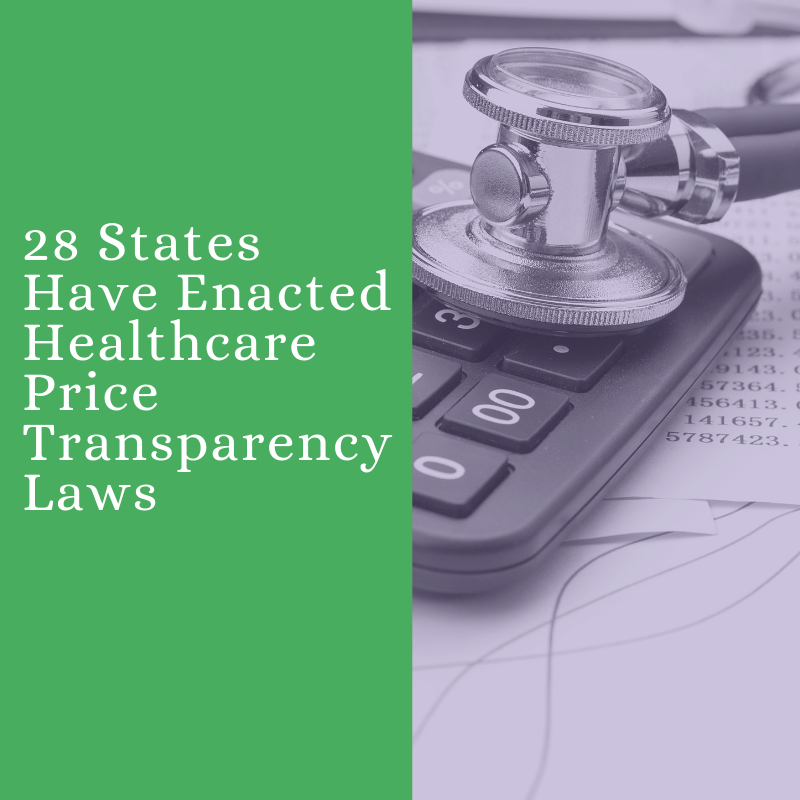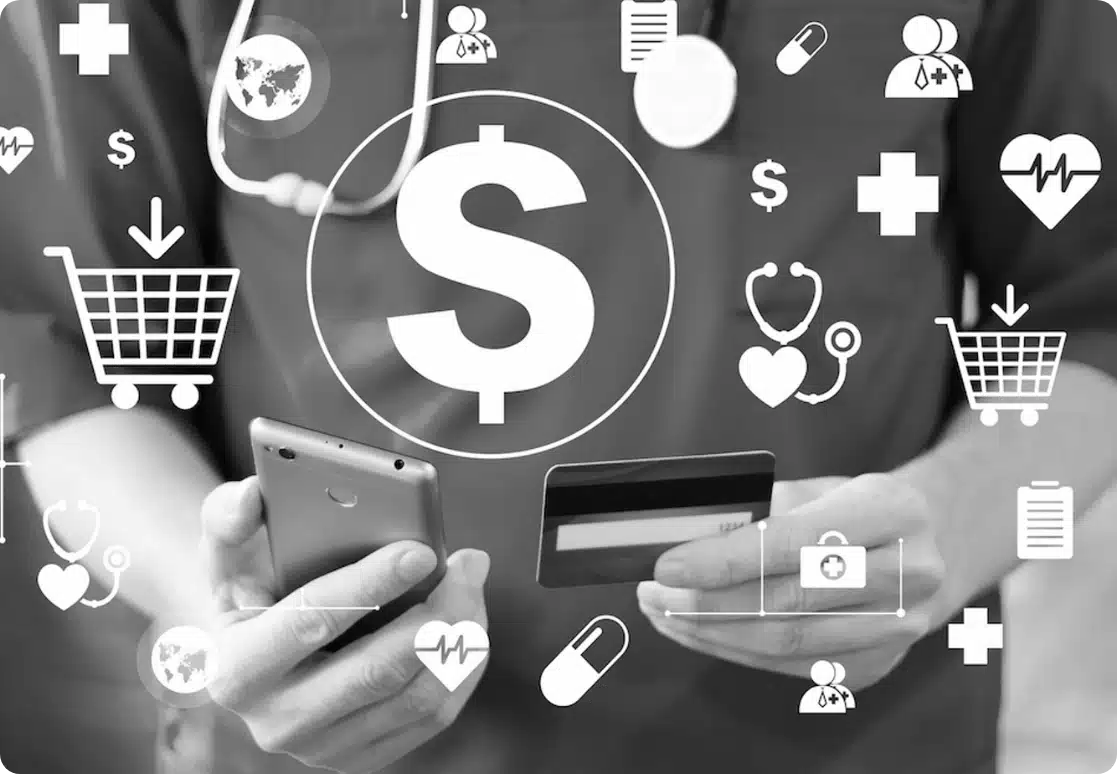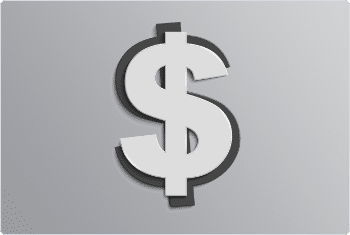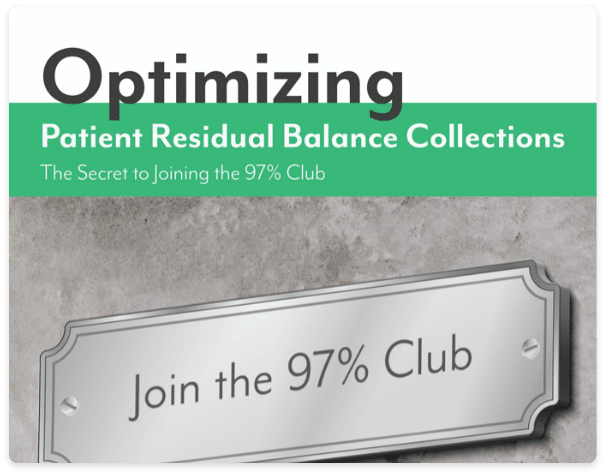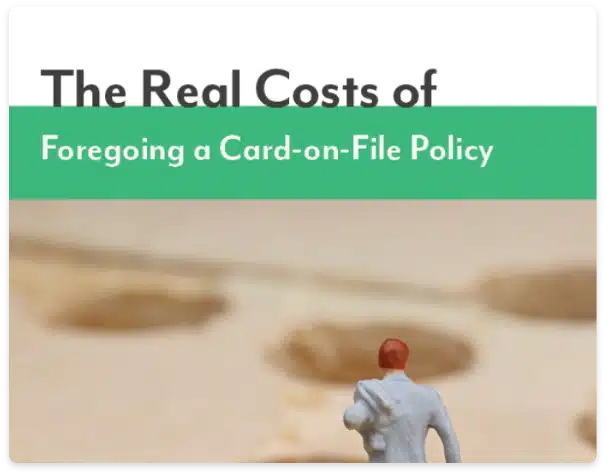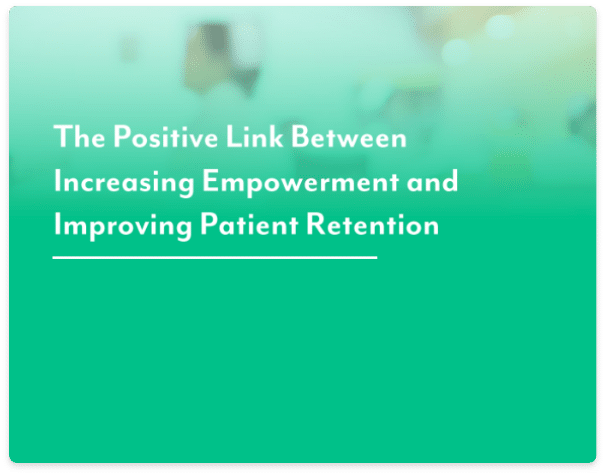You may have heard the phrase, “Build a better mousetrap, and the world will beat a path to your door,” which is often attributed to Transcendentalist writer and philosopher Ralph Waldo Emerson. This quote embodies the power of innovation to solve even the smallest problems. But what if your problem was much bigger than a mouse? What if it involved an enormous industry that makes up 17.9 percent of the U.S. GDP, an industry where life and death literally hang in the balance? What if that industry was hemorrhaging money, with skyrocketing costs beyond any other developed country sometimes without the quality to justify such costs? You have likely guessed that we are speaking of the healthcare industry. The “mousetrap” here are the current efforts to increase healthcare price transparency. And you know what? Many providers need to do something better.
We’ve all heard the buzz surrounding healthcare price transparency and the 28 states which have now enacted healthcare price transparency legislation. However, some experts are saying that it’s all much ado about nothing because healthcare consumers are not using the cost estimation tools that some providers, payers, and states have made available. Healthcare consumerism is definitely a thing right now, and the industry needs clear price information to support it. Will the industry move forward with price transparency initiatives, or will the fervor eventually die down and disappear due to lack of use? Excuses abound for why efforts toward clearer healthcare costs are futile, but what is the truth of the matter?
Some say that people are not using the current tools price transparency available to them, so why invest additional resources? I’m about to drop some knowledge on you.
There are very legitimate reasons why previous tools were under-utilized.
While it’s true that some price transparency tools are not as well utilized as their designers hoped they would be, the reasons behind the lack of use do not preclude the creation of or expanded access to patient price transparency tools. Most notably, shopping around for healthcare is simply not the same thing as shopping around for a new kitchen appliance. Many patients have to make decisions regarding their healthcare in a crisis situation. Patients lack awareness of the tools that are available to them, and the tools may not be intuitive or user-friendly, especially for those who are older or less tech-savvy. There are myriad reasons why some current price transparency tools may not have proven useful. But is that any reason to give up? Of course not! If there was only some way to clearly communicate costs, maybe through a kiosk? Psst. I know a guy.
There can be no healthcare consumerism without price transparency
What we do know is that healthcare consumerism is here to stay. The increasing trend of patient as payer has changed the healthcare revenue cycle landscape dramatically. Simply put, with patients paying higher out-of-pocket costs, they are seeking better information to aid in health-related decision making. People are beginning to say “enough is enough” when it comes to the high cost of healthcare and the mystery behind the wildly varying prices between providers. Modern consumers want to take back the power over their healthcare spending, a power that has been held hostage for too long. If healthcare costs continue to be distressingly opaque, the future will see some pretty disgruntled patients.
You can differentiate yourself from competitors
Today’s economy is driven by experiences. Positive experiences are considered more valuable than things, and believe it or not, the billing and payment experience may affect whether a patient returns to your office or seeks another provider with a better billing and patient payment system (read this post on the surge of millennials as the largest percentage of patients in the U.S.) . The payment experience you provide may even affect your ability to attract new patients. A recent study found that patients satisfied with the medical billing process are five times more likely to recommend the medical practice or health system responsible for those provided services to others. If you are providing a transparent and convenient patient payment experience, it will be appreciated and patients will choose you over your competitors.
Did you know that there are over 4,400 U.S. patents for different types of mousetraps, and that they are considered the most invented item in U.S. history? The Atlantic even calls the mousetrap “A symbol of the American entrepreneurial spirit.” The many attempts at the perfect pest-control device did not prevent others from trying to make it better. So why should providers and policymakers throw in the towel when it comes to creating the best healthcare price transparency tools?
With Health iPASS, patients can view cost estimates pre-visit, at time-of-service, at claim submission, and pre-surgery, and we are committed to working towards a more financially informed patient population, because guess what? Patients who know their costs are much more likely to pay their bill in full. So you see, there is so much more at stake regarding healthcare price transparency than when rodents run amok in your home. Let’s do better. Your first step is scheduling a demo with Health iPASS.
{{cta(‘e48e792e-61f8-4306-8862-c6923b08815f’)}}

